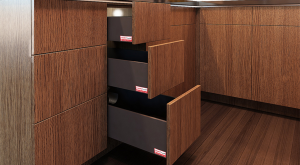Featured Post
Recliner Maintenance 101: Extending the Life of Your Favorite Chair
Overview
Recliners are a staple in many homes, offering comfort and relaxation after a long day. However, like any piece of furniture, they require regular maintenance to keep them looking and functioning their best. In this guide, we'll cover everything you need to know about recliner maintenance, from cleaning and fabric care to styling your living room and choosing the right recliner for your space.
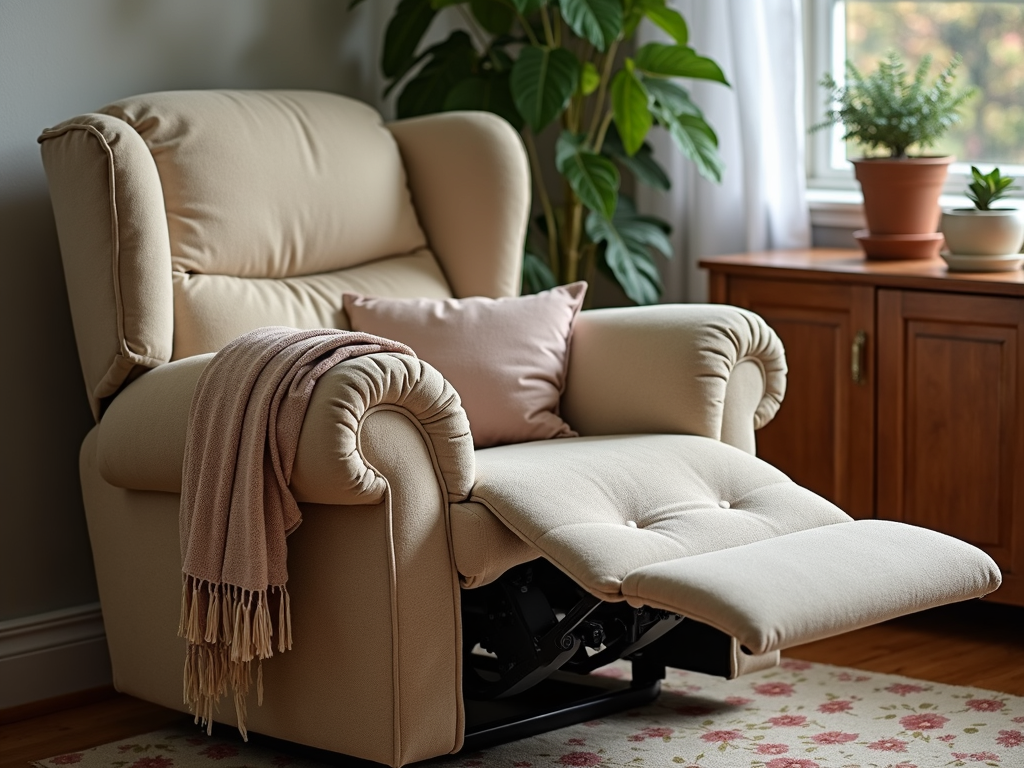
Introduction to Recliner Maintenance
Recliners are more than just a piece of furniture; they're a sanctuary where you can unwind after a long day. Whether you're watching TV, reading a book, or taking a nap, your recliner is there to provide comfort and support. However, to keep it in top shape, regular maintenance is essential. Not only does this prolong the life of your recliner, but it also ensures that it remains a cozy and inviting spot in your home.
Proper maintenance involves several aspects, including cleaning, fabric care, and occasional mechanical checks. By taking the time to care for your recliner, you can prevent common issues like fabric wear, mechanism failure, and loss of comfort. Plus, a well-maintained recliner can enhance the overall look of your living room, making it a stylish focal point rather than an eyesore.
In this guide, we'll walk you through the steps to keep your recliner looking and functioning its best. From simple cleaning hacks to advanced maintenance tips, you'll learn everything you need to know to extend the life of your favorite chair.
Cleaning Your Recliner
Regular cleaning is the cornerstone of recliner maintenance. Dust, dirt, and spills can accumulate over time, leading to stains and odors that are difficult to remove. Here are some easy DIY cleaning hacks to keep your recliner fresh:
- Vacuuming: Start by vacuuming your recliner with an upholstery attachment. This removes surface dust and debris, preventing them from settling into the fabric. Pay special attention to crevices and seams where dirt tends to hide.
- Spot Cleaning: For spills and stains, act quickly. Blot the area with a clean, dry cloth to absorb as much liquid as possible. Then, use a mild detergent mixed with water to gently clean the spot. Avoid rubbing, as this can push the stain deeper into the fabric.
- Leather Care: If your recliner is made of leather, it's important to use products specifically designed for leather. A leather cleaner can remove dirt and grime, while a conditioner helps keep the leather soft and prevents cracking. Apply the conditioner every few months to maintain the leather's suppleness.
For more in-depth cleaning techniques, including how to tackle tough stains and odors, check out our article on Easy DIY Recliner Cleaning Hacks.
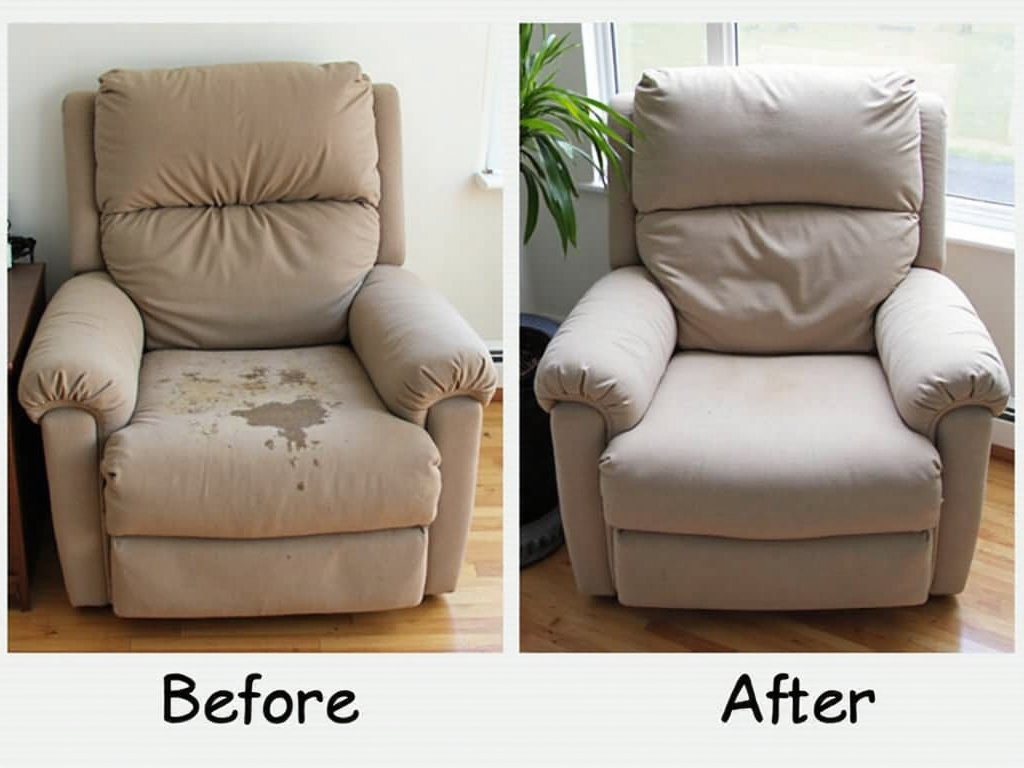
Fabric Care
The fabric of your recliner plays a significant role in its appearance and durability. Different fabrics require different care methods, so it's important to know what your recliner is made of. Here are some of the best fabrics for recliners and how to care for them:
- Leather: Leather is a popular choice for recliners due to its durability and timeless appeal. To care for leather, clean it regularly with a leather cleaner and apply a conditioner every 3-6 months. Avoid placing your leather recliner in direct sunlight, as this can cause fading and drying.
- Microfiber: Microfiber is known for its softness and stain resistance. To clean microfiber, use a mild soap and water solution, and gently scrub with a soft brush. For tougher stains, a mixture of vinegar and water can be effective. Always test any cleaning solution on a small, inconspicuous area first.
- Velvet: Velvet adds a touch of luxury to any recliner, but it requires careful handling. Vacuum velvet regularly with a soft brush attachment to prevent crushing. For spills, blot immediately and use a velvet-safe cleaner if necessary. Avoid sitting on velvet when it's wet, as this can leave marks.
For more information on choosing and caring for recliner fabrics, see our guide on Best Fabrics for Recliners.
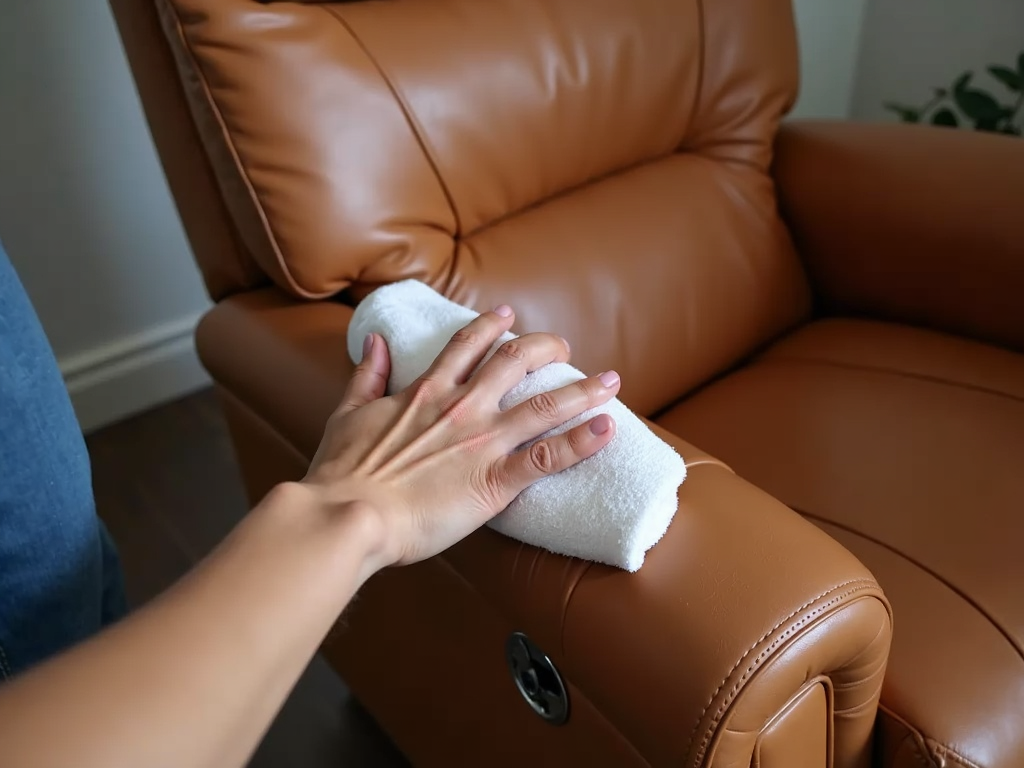
Styling Your Living Room with a Recliner
A recliner doesn't have to be just functional; it can also be a stylish statement piece in your living room. Here are some tips to help you incorporate your recliner into your decor:
- Color Coordination: Choose a recliner color that complements your existing color scheme. If your living room has neutral tones, a bold-colored recliner can add a pop of color. Conversely, if your decor is already vibrant, a neutral recliner can provide balance.
- Placement: Position your recliner where it can be both functional and aesthetically pleasing. Avoid placing it directly in front of doors or windows, as this can disrupt the room's flow. Instead, place it in a corner or next to a sofa to create a cozy seating area.
- Accessories: Enhance your recliner's look with accessories like throw pillows and blankets. These not only add comfort but also allow you to tie the recliner into the room's overall design. Choose patterns and textures that complement your decor.
For more styling inspiration, visit How to Style Your Living Room with a Recliner.
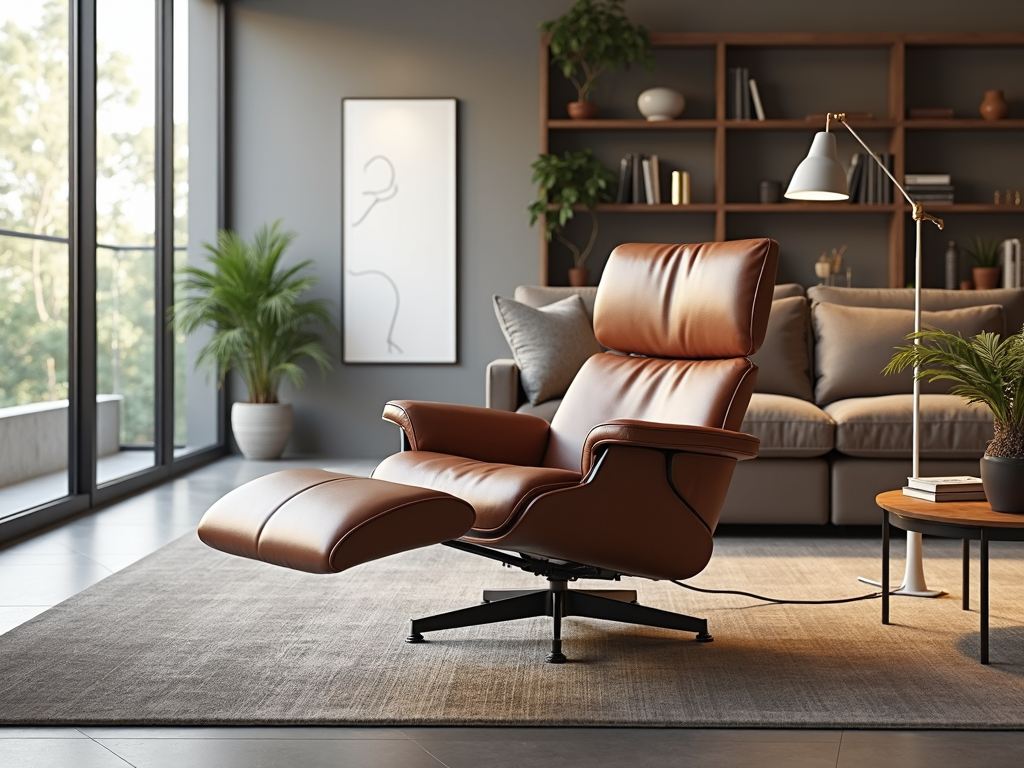
Choosing the Right Recliner
Selecting the perfect recliner involves more than just picking a color or style. Here are some key factors to consider:
- Size: Measure your space to ensure the recliner fits comfortably without crowding the room. Consider the dimensions both when upright and fully reclined.
- Comfort: Test the recliner for adequate back, neck, and leg support. Look for adjustable features if needed.
- Style: Choose a design that matches your taste and home decor, from traditional to modern.
- Features: Decide on extras like cup holders or massage functions based on your preferences and budget.
For a detailed guide, read How to Choose the Right Recliner for Your Home.

Advanced Maintenance Tips
For peak condition, consider these tips:
- Lubricate Mechanisms: Use silicone lubricant on moving parts for smooth operation.
- Tighten Screws: Regularly check and secure loose screws to prevent instability.
- Professional Servicing: Have complex features serviced periodically by a professional.
These steps help ensure your recliner remains reliable and comfortable.
Conclusion
Caring for your recliner is an investment in comfort and longevity. Follow these tips for cleaning, fabric care, styling, and maintenance to keep your chair looking and feeling great. A well-maintained recliner is both comfortable and stylish.







